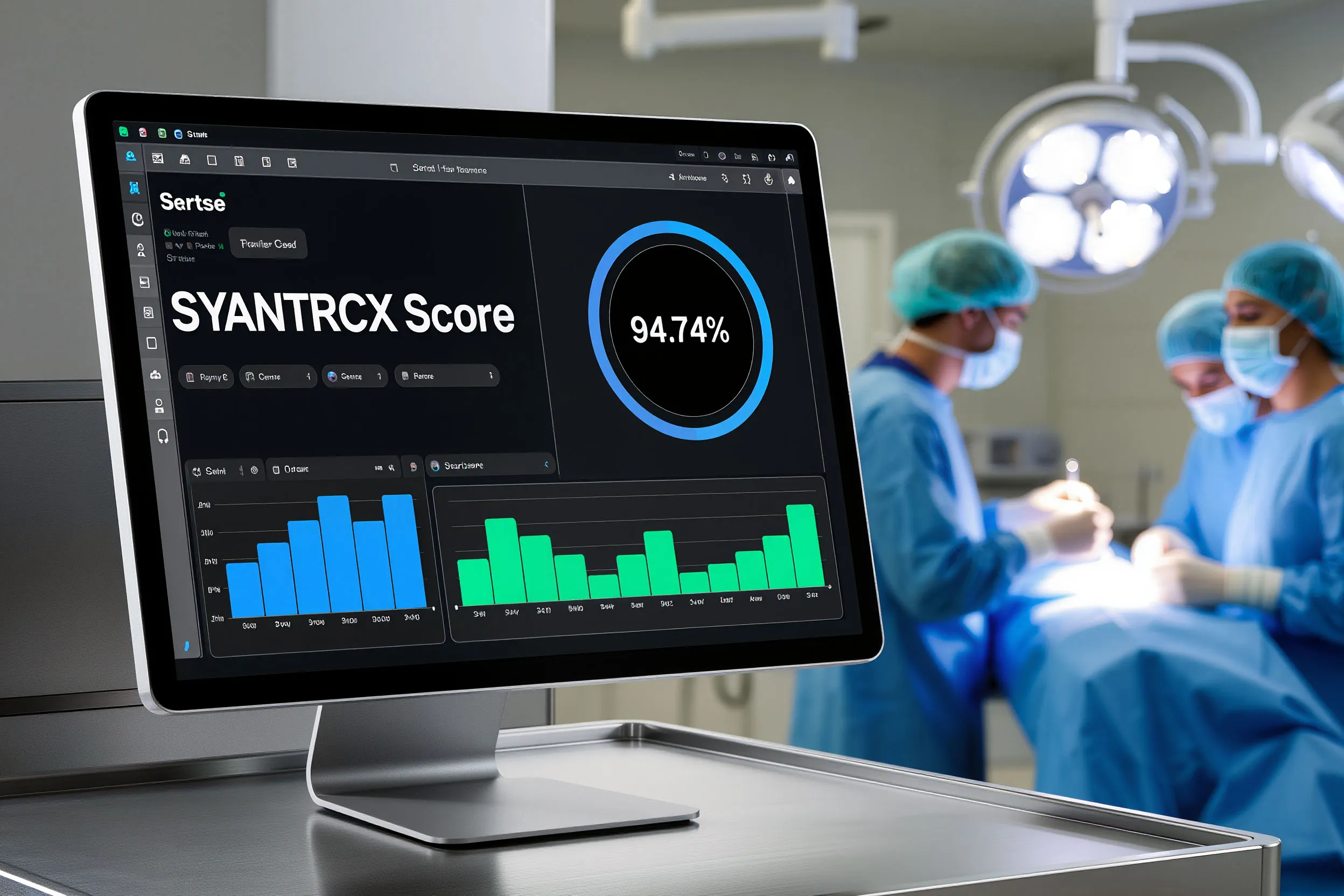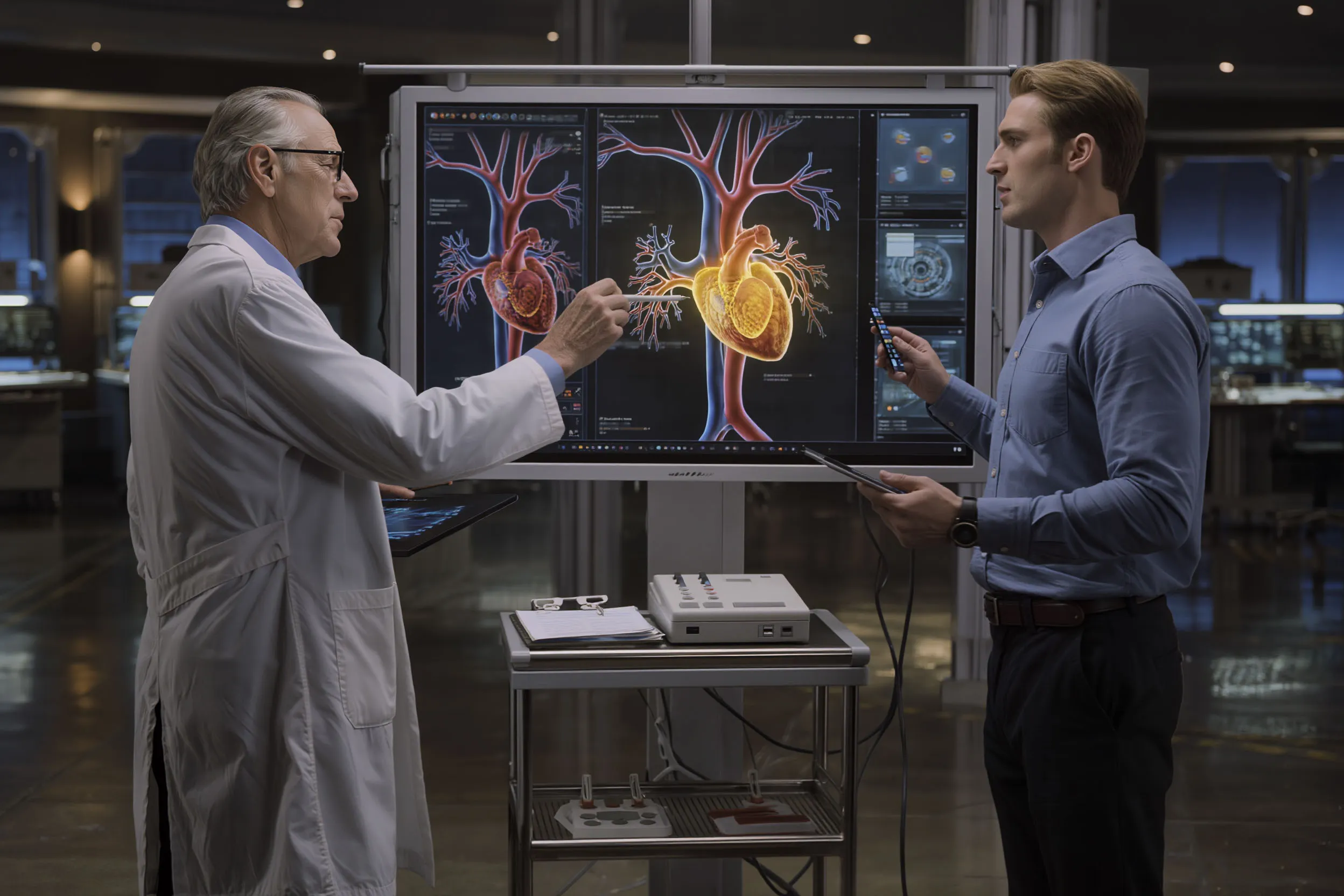The ‘Heart’ AI model will help doctors diagnose cardiovascular diseases.
The new AI model developed by Sber is designed to enhance the diagnosis of coronary artery disease by automatically analyzing medical imaging data and providing a highly accurate assessment to support clinical decisions.

How the System Works
Sber developed the Heart model in collaboration with its Center for Practical AI, the Sber Health division, and the Almazov National Medical Research Center. The model was trained on thousands of anonymized coronary angiography (DICOM) images provided by the Almazov Center and the Tyumen Cardiology Research Center.
It automatically detects vessel stenosis and occlusions, calculating the internationally recognized SYNTAX Score with 94.74 percent accuracy. This score is essential for selecting the right treatment approach, whether coronary artery bypass grafting or stent implantation.

A Reliable Second Opinion
The system is built around the concept of a second opinion. It does not replace cardiologists but assists them by performing repetitive measurement tasks. This reduces variability between specialists and minimizes human error tied to fatigue.
According to Sergey Zhdanov, head of Sber’s Health division, the solution frees cardiologists from routine calculations so they can focus on treatment planning and work directly with patients. In cardiology, where time is crucial, faster diagnostics can significantly improve outcomes and reduce hospital readmissions.
Building Russia’s Medical AI Ecosystem
The success of Heart stems from coordinated collaboration. Sber contributes its data science expertise and computing power, while leading medical institutions provide clinical knowledge and essential labeled datasets.
Access to large high‑quality datasets collected inside Russia is a strategic advantage, accelerating the maturity of the national medical AI ecosystem.

Broader Impact and Global Potential
Within Russia, the model aligns with the national Digital Healthcare program. Scaling it across cardiology centers may help standardize diagnostics nationwide. Future upgrades may include integration with CT and MRI imaging, risk prediction, and personalized care planning.
International expansion would require regulatory approval — CE marking in Europe or FDA clearance in the U.S. — as well as model retraining for local clinical protocols.

Practical Benefits for Patients
For patients with suspected coronary artery disease, the model provides objective, consistent SYNTAX Score calculations, reducing the likelihood of diagnostic discrepancies.
Its scalability increases access to advanced diagnostics in regional hospitals. Ultimately, earlier and more accurate diagnosis improves survival and decreases complications.










































